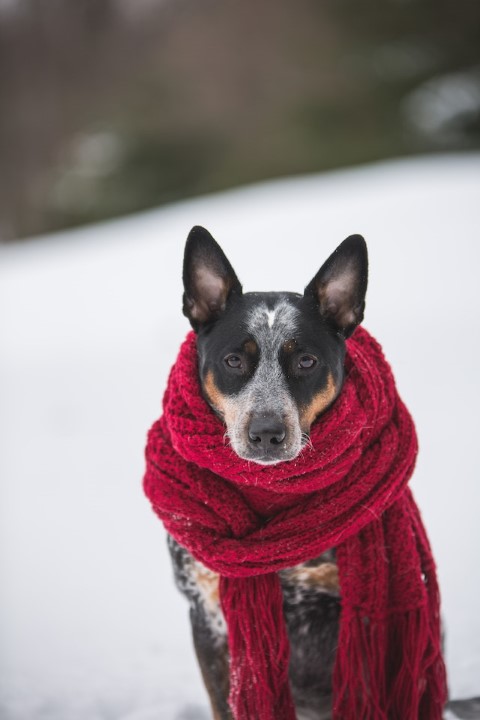The Dos and Don'ts of Walking Your Dog in Winter Weather

Walking your dog is a great way to bond with your furry friend and keep them active, but in winter weather, it can be challenging. With snow, ice, and freezing temperatures, it’s important to keep both you and your dog safe while taking your daily walks. In this article, we will go over the dos and don’ts of walking your dog in winter weather.
Do:
Dress Appropriately
The first and foremost thing you need to do is dress appropriately for the weather. Wear warm, waterproof clothing to protect yourself from the elements. Don’t forget to dress your dog appropriately too, especially if they have a short coat. Consider investing in a warm, waterproof coat for your dog to keep them comfortable and dry.
Check the Pavement
Before heading out, check the pavement for any icy spots or slippery areas. If you find any, it’s best to avoid those areas or take a different route. Walking on icy pavement can be dangerous for both you and your dog and increase the risk of falls and injuries.
Keep Your Dog on a Leash
Winter weather can make it more difficult for dogs to pick up scents and track their surroundings, so it’s best to keep your dog on a leash. This will prevent them from running off and getting lost in the snow.
Use Salt or Sand on Icy Areas
If you encounter any icy areas on your walk, consider using salt or sand to make it safer for you and your dog to walk on. Salt can help melt the ice, while sand will provide traction and prevent slipping.
Keep Your Walks Short
In extreme cold weather, it’s best to keep your walks short to avoid exposing your dog to the elements for too long. If it’s too cold for you, it’s probably too cold for your dog.
Don’t:
Walk Your Dog in Extreme Cold Weather
Extreme cold weather can be dangerous for dogs, especially those with short coats or health issues. If it’s too cold for you to be outside, it’s probably too cold for your dog. Consider taking your dog for a walk in a covered, indoor area instead.
Let Your Dog Lick Snow or Ice
Although it may seem harmless, snow and ice can contain harmful chemicals such as antifreeze, which is toxic to dogs. Don’t let your dog lick snow or ice and always provide them with fresh, clean water.
Ignore Signs of Hypothermia or Frostbite
In cold weather, it’s important to be aware of the signs of hypothermia and frostbite in your dog. Symptoms of hypothermia include shivering, lethargy, and stumbling. Symptoms of frostbite include pale, cold skin and patches of skin that are hard to the touch. If you notice any of these symptoms, take your dog inside immediately and seek veterinary care.
Walk Your Dog in Snowy Areas Without Clearing the Path
If you live in an area with heavy snowfall, be sure to clear a path before taking your dog for a walk. This will make it easier for both you and your dog to walk, and will prevent your dog from ingesting any snow or ice that may contain harmful chemicals.
Conclusion:
Walking your dog in winter weather can be challenging, but with the right precautions, it can be a safe and enjoyable experience for both you and your furry friend. By following the dos and don’ts outlined in this article, you can ensure a safe and comfortable walk for your dog, even in the coldest weather. Just remember to dress appropriately, check the pavement, keep your dog on a leash, use salt or sand on icy areas, keep your walks short, avoid extreme cold weather, prevent your dog from licking snow or ice, be aware of the signs of hypothermia and frostbite, and clear a path in snowy areas. With these tips in mind, you and your dog can enjoy winter walks and stay safe and healthy.